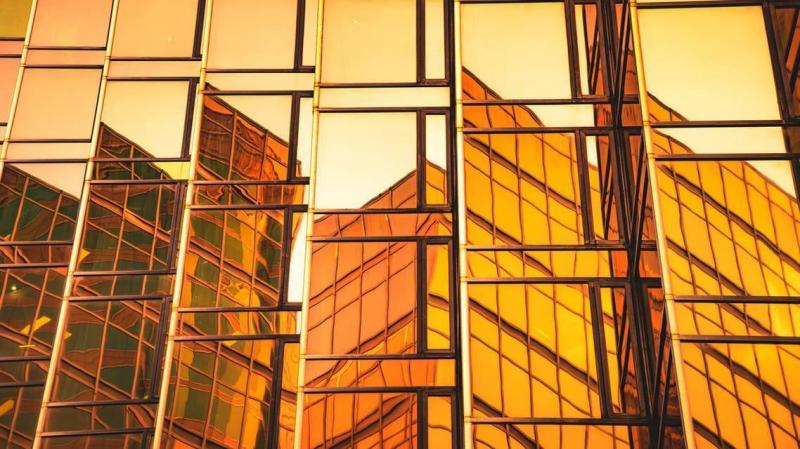Ubiquitous Energy, a materials science startup, has raised $30 million in a new funding round aimed at financing its project to turn windows into solar cells for electricity generation. The company announced the closing of a new funding round that included participation from Andersen, a giant in window and door manufacturing, bringing the total funding the company has secured to $70 million. The company's idea revolves around coating windows with a semiconducting material to convert sunlight into electricity, with the coating being only one nanometer thick and small wires connecting the solar windows to electrical systems.
CEO Susan Stone stated that the funds raised will be used to finance manufacturing research and development activities, with the company aiming for commercial production by early 2024. She added, "Eventually, we will be able to create solar cells that can generate electricity on every window, as skyscrapers can be transformed into vertical solar farms."
The product under development differs from current attempts, which often face challenges regarding the transparency of the panels (which are essentially windows), color, viewing area constraints, fogging, or energy efficiency, making it difficult for consumers to accept them as alternatives to standard windows.
The increase of $30 million serves as a bridge to prepare the company for manufacturing after more than a decade of work. Ubiquitous was founded in 2011, and its technology originated from work conducted by scientists and engineers at the Massachusetts Institute of Technology and Michigan State University.
These photovoltaic window panels are expected to be about 30% more expensive than regular glass once production scales up, as Stone mentioned to CNBC, which was referenced by Al Arabiya. Additionally, photovoltaic windows are considered less efficient than traditional solar panels, which work at a maximum efficiency of 22% — a measurement of the amount of sunlight that strikes a solar panel surface and is converted into electricity.
Stone explained that the product being developed by the company will operate at 50% efficiency compared to traditional solar panels, but the theoretical maximum is around two-thirds of the potential efficiency of regular solar panels. The reason for this lower efficiency is partly due to the windows’ vertical orientation, whereas solar panels are placed horizontally, allowing them to collect more direct sunlight. The company aims to install one billion square feet of window glass worldwide by 2050.




